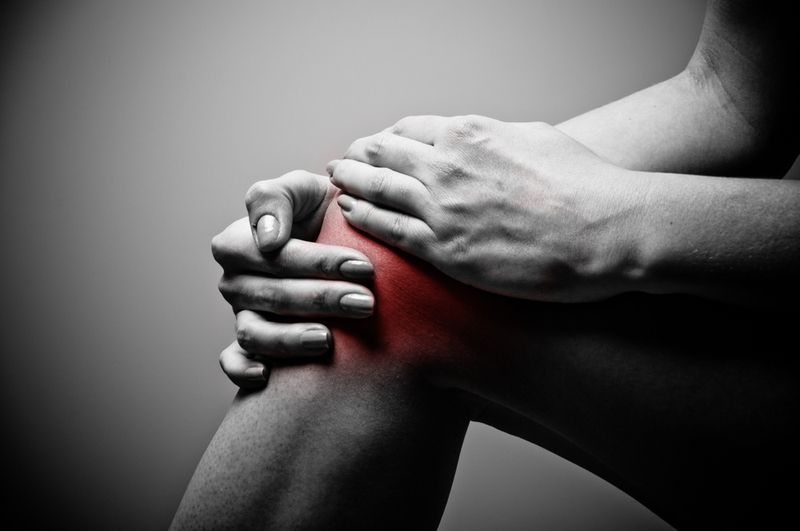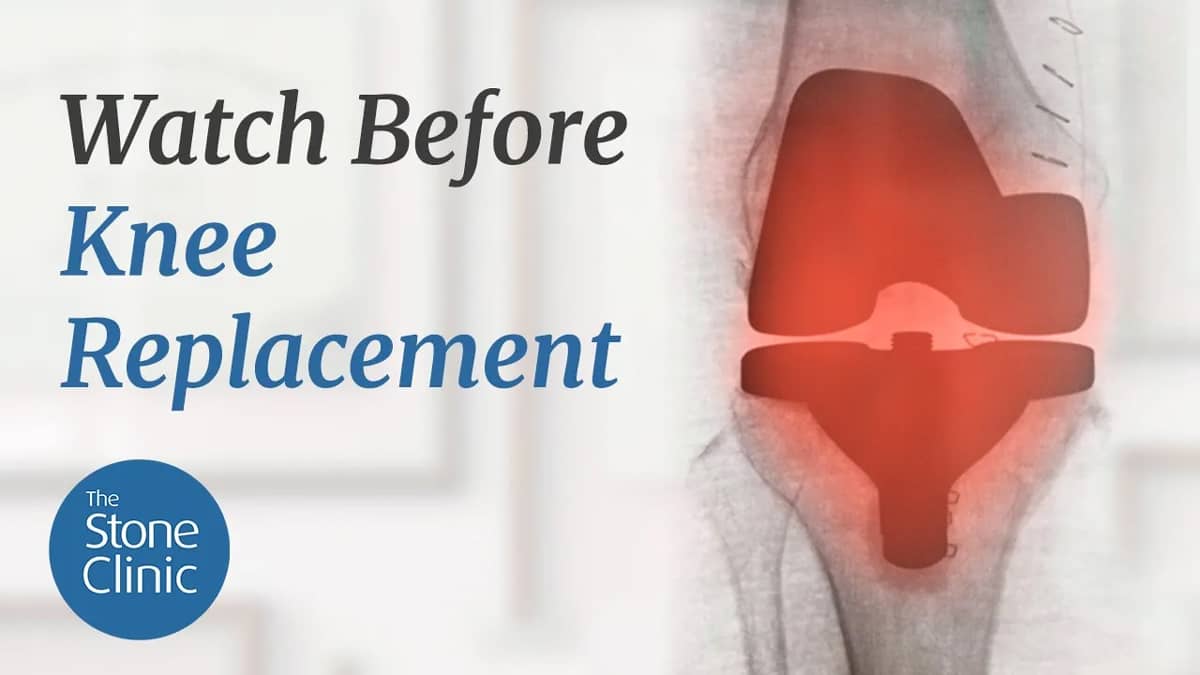You Don’t Need a Total Knee Replacement
Hear From Our Patients
Skier avoids knee replacement with BioKneeMillions of people have been told the only solution to their arthritic knee is a total knee replacement. Eighty percent of these people do not need one. Here are the guidelines we use at our clinic:

Why Common Advice for Knee Pain May Be Making Things Worse
Let’s say your knee hurts with activities. Your knee’s range of motion is starting to become limited. It is interfering with your life. You have taken anti-inflammatory drugs, tried to lose weight, got an X-ray, and been told you need a knee replacement. At the same time, you’ve heard stories that scare you from friends and family. About patients who were made worse. Infections in hospitals. The multiple operations that were necessary later on. You’ve been given advice to limit your activities to preserve the joint.
None of this sounds attractive. And the story gets worse.
Most people, by the time they are told they need a knee replacement, have failed a number of non-operative approaches, the worst being multiple cortisone injections. Cortisone further damages parts of the joint that are not arthritic, and—if administered close to any surgery—increases the risk of infection. Other harmful advice includes “rest your knee” and “wait until you are older.” But resting and waiting weaken the muscle and can lead to osteoporosis, both of which increase the chances of artificial joint failure.
So what are the options? Fortunately, there are many.
Top Alternatives to Total Knee Replacement Surgery
Orthobiologic Joint Injections
First, injections of growth factors and hyaluronic acid (our cocktail is hyaluronic acid and PRP in one shot) diminish inflammation and pain for many people, permitting them to increase their exercise program.
Biologic Knee Replacement
Second, if there is still space between the joints, biologic replacement (called BioKnee®) with articular cartilage paste grafting, combined with meniscus allograft replacement, is an option.
Robotic Partial Knee Replacement
Third, if only one part of the joint is worn out on the X-ray—and the MRI shows that the rest of the joint has healthy cartilage—there is no need for a total joint replacement. A partial knee replacement will do just fine. This will involve less surgery, enable a faster recovery, and produce a more normal knee, especially when done with robotic control and CT computer-guided planning. The accuracy of this combined technique is so superior to non-robotic techniques that the old days of early partial joint replacement failure are over.
Robotic Total Knee Resurfacing
Fourth, if multiple parts of the joint are worn out, the options are for either a bi-compartmental partial replacement or a modified full replacement (which we call a knee resurfacing). The modifications are as follows: no cement is used since the highly accurate robotic cutting tools permit us to use bony ingrowth components. These permit the bone to grow into the undersurface of the metal components, fusing the implant directly to the bone, thereby eliminating the need for bone cement. The patella is most often not resurfaced, as the data shows no advantage to doing so, and it leads to fewer complications.
By the time your joint has worn out, you have walked with a limp, compensated at your hip, ankle, and back, and lost muscle coordination and mass. Working with a trainer and physical therapist to overcome these deficits determines your total body outcome. Your rehab starts immediately, and continues the day after surgery, focusing on core strength, range of motion, and gait training.
The improvement never ends, as we test our patients frequently during the first year and annually thereafter—adding new performance tests and rehab exercises, depending on their stage of fitness. The goal is to drop dead past the age of 100, playing a sport you love, with as many of your original parts as possible.
You Probably Don't Need a Knee Replacement. Dr. Stone Explains Why
There is more than one option to treat an arthritic knee. Our BioKnee® program biologically reconstructs the knee joint without the use of artificial implants. We repair, regenerate, or replace your injured tissues and preserve the natural, healthy parts of your knee.



